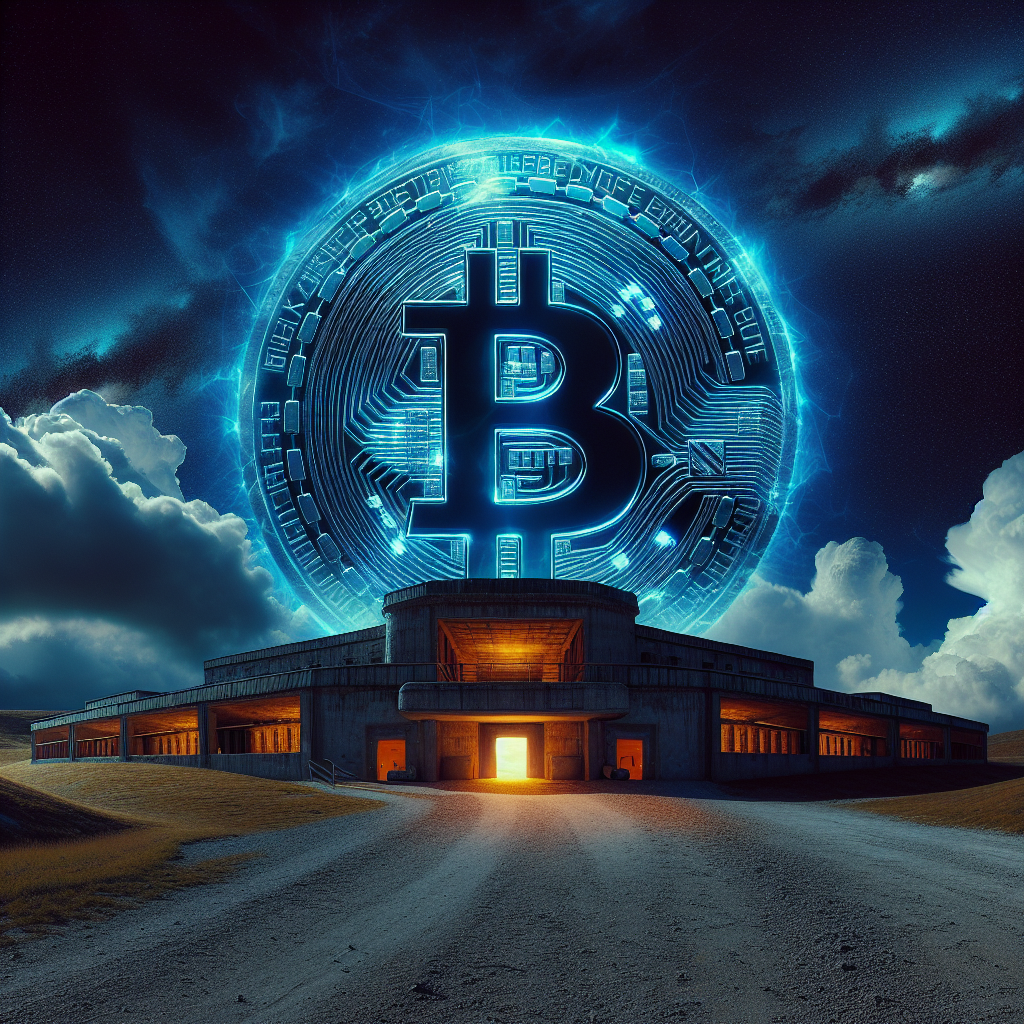NFT Project Aims to Crowdfund Historic Cold War Bunker Purchase
In an innovative blend of history and modern technology, an NFT project has set its sights on buying a historic Cold War-era nuclear bunker. This ambitious plan aims to not only preserve an important piece of history but also to create a unique community for NFT collectors and enthusiasts. As the concept of decentralized finance and community-driven purchases gains traction, this project represents a fascinating convergence of digital assets and real-world applications.
The Concept Behind the NFT Project
At its core, this NFT project is a crowdfunding initiative that seeks to utilize blockchain technology to raise funds for purchasing a Cold War bunker. By leveraging the popularity of non-fungible tokens (NFTs), the creators are aiming to engage a wide audience interested in both collecting digital art and contributing to the preservation of historical landmarks.
Among the benefits of using NFTs for this endeavor are:
To successfully crowdfund the purchase, the project will sell limited-edition NFTs that represent ownership stakes in the bunker, effectively turning an obscure historical artifact into a community asset.
The Historical Significance of Cold War Bunkers
Cold War bunkers symbolize an era marked by tension and uncertainty. Built as a protective measure during the threat of nuclear war, these structures carried significant strategic importance. They represent not just military preparedness but also the societal fears of that time. By purchasing and preserving one of these bunkers, the NFT project has the potential to act as a living museum, educating future generations about the Cold War.
Bunkers typically feature:
This project aims to resurrect these narratives, making the bunker not just a relic of the past but a place of learning and exploration.
The NFT Marketplace: A Growing Ecosystem
The NFT marketplace has expanded rapidly, with various platforms allowing creators to mint, sell, and trade digital assets. From art to music and now to historical artifacts, NFTs are becoming increasingly influential. The market is becoming more accessible, enabling artists and innovators to reach broader audiences without traditional barriers.
Factors contributing to the growth of NFTs include:
Establishments like OpenSea and Rarible have paved the way for numerous NFT projects, including the Cold War bunker initiative, which exemplifies new methods of fundraising and community building.
The Path Forward for the Bunker Project
With the ambitious goal of purchasing this Cold War bunker, the NFT project lays out a strategic plan for execution. Here are some expected steps in their roadmap:
1. NFT Minting and Sale
The initial step involves designing and minting limited-edition NFTs. These tokens will be linked to ownership stakes in the bunker, creating a unique value proposition for buyers. The sale strategy may involve tiered pricing or auction formats to drive interest.
2. Community Development
As buyers acquire NFTs, the project will focus on building a vibrant community. This could include virtual meetups, exclusive content, and partnership opportunities with other platforms or projects aligned with the mission.
3. Acquisition and Renovation
Once funding goals are met, the project will move towards finalizing the purchase and potentially renovating the bunker to make it more accessible for public tours and educational programs.
4. Historical Engagement
For a project centered around a historical artifact, educational engagement will be crucial. Plans may include workshops, exhibitions, and collaborations with historians to foster a deeper understanding of the Cold War era.
Challenges and Considerations
While the idea of leveraging NFTs to purchase a Cold War bunker is exciting, it is not without challenges. Here are some key considerations:
Understanding these potential hurdles will be instrumental in harvesting the momentum of the NFT movement and ensuring the longevity of the bunker project.
The Future of NFTs and Historical Preservation
The intersection of NFTs and historical preservation could herald a new approach to maintaining cultural heritage. Projects like the Cold War bunker example showcase how technology can enable community-driven initiatives that branch beyond the digital realm.
In conclusion, the NFT project aiming to crowdfund a historic Cold War bunker signifies a convergence of creativity, investment, and consciousness toward preserving history while engaging contemporary audiences. As we look to the future, it is clear that innovative technologies like blockchain and NFTs will continue to reshape how we view ownership and funding within our communities, ultimately ensuring that the lessons of the past are carried forward into the future.
For those interested in supporting this pioneering initiative, keeping an eye on the project’s updates and engagement strategies will be essential in shaping the preservation of historical landmarks in the NFT era.




